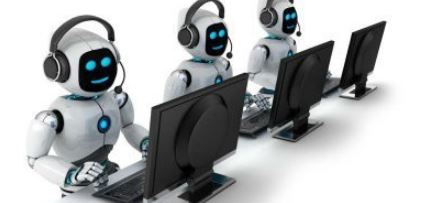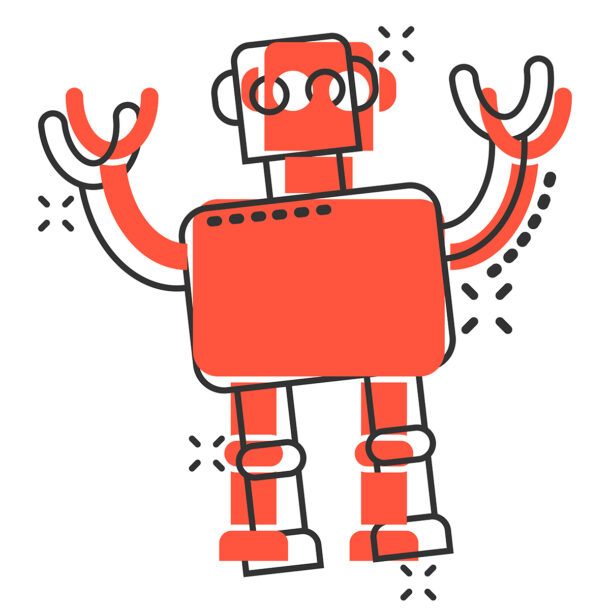Introduction
Is RPA and Bot the Same? Robotic process automation (RPA) and bots are two terms that are often used interchangeably, but they are not actually the same thing. RPA is a software technology that allows businesses to automate repetitive tasks, while bots are software programs that can interact with digital systems and software.
So, what is the difference between chatbots and RPA? And how do they work together?
What is RPA?
RPA stands for robotic process automation. It is a software technology that allows businesses to automate repetitive tasks. RPA bots are software programs that can mimic human actions, such as clicking on buttons, entering data, and transferring files.
RPA/bots are typically used to automate tasks that are time-consuming, error-prone, or boring. For example, RPA bots can be used to automate tasks such as:
- Processing insurance claims
- Updating customer records
- Reconciling financial transactions
- Generating reports
What is a Bot?
A bot is a software program that can interact with digital systems and software. Bots can be used for a variety of purposes, such as:
- Scheduling meetings
- Answering customer questions
- Generating leads
- Collecting data
How Do RPA and Bots Work Together?
RPA/bots can work together to automate a wide range of tasks. For example, an RPA bot could be used to automate the process of entering data into a CRM system. The bot would first be trained on how to enter the data correctly. Once the bot is trained, it can be used to enter data into the CRM system on a regular basis.
A bot could also be used to interact with the CRM system in other ways. For example, the bot could be used to generate reports, send emails, or update customer records.
Is RPA and Bot the Same?
RPA/bots are not the same thing. RPA is a software technology, while bots are software programs. RPA bots are used to automate tasks, while bots can be used for a variety of purposes.
However, RPA/bots can work together to automate a wide range of tasks. For example, an RPA bot could be used to automate the process of entering data into a CRM system. The bot would first be trained on how to enter the data correctly. Once the bot is trained, it can be used to enter data into the CRM system on a regular basis.
A bot could also be used to interact with the CRM system in other ways. For example, the bot could be used to generate reports, send emails, or update customer records.
FAQs
Q. What are the benefits of using RPA and bots?
- Increased efficiency: Chatbots and RPA can automate repetitive tasks, which frees up human employees to focus on more strategic work. This can lead to a significant increase in productivity, as human employees can spend their time on tasks that require critical thinking and problem-solving skills.
- Reduced errors: Chatbots and RPAs are less likely to make errors than human employees. This is because they are not subject to the same cognitive biases and fatigue as humans. As a result, businesses can improve the accuracy of their business processes by automating tasks with RPA and bots.
- Improved compliance: Chatbots and RPA can help businesses to comply with regulations by automating tasks that are subject to compliance requirements. For example, Chatbots and RPA can be used to automatically scan documents for compliance-related information.
- Improved customer service: Chatbots and RPA can be used to improve customer service by providing 24/7 support. For example, a bot could be used to answer customer questions about products or services, or to troubleshoot technical issues.
Q. What are the challenges of using RPA and bots?
- Complexity: This is because they require a deep understanding of the business processes that they are automating. Additionally, Chatbots and RPA can interact with a variety of different systems, which can make them difficult to integrate.
- Data security: Chatbots and RPA can access sensitive data, so it is important to ensure that they are secure. This means that businesses need to implement appropriate security measures, such as encryption and access control.
- Employee resistance: Some employees may resist the use of RPA and bots, as they fear that they will lose their jobs. It is important to address these concerns and to ensure that employees are reskilled or redeployed as needed.
Q. Are RPA and bots the same thing?
No, RPA and bots are not the same thing. This a software technology, while bots are software programs. RPA bots are used to automate tasks, while bots can be used for a variety of purposes.
Bots are typically used to automate tasks that are repetitive, rule-based, and time-consuming. Bots, on the other hand, can be used for a wider range of purposes, such as interacting with customers, collecting data, and generating reports.
Q. How do RPA and bots work together?
Chatbots and RPA can work together to automate a wide range of tasks. For example, an RPA bot could be used to automate the process of entering data into a CRM system. The bot would first be trained on how to enter the data correctly. Once the bot is trained, it can be used to enter data into the CRM system on a regular basis.
A bot could also be used to interact with the CRM system in other ways. For example, the bot could be used to generate reports, send emails, or update customer records.
In this way, RPA and bots can complement each other to automate a wide range of tasks and improve business efficiency.
Q. What are the future trends for RPA and bots?
The future of RPA/bots is very promising. As these technologies continue to develop, they will become more powerful and versatile. This will allow businesses to automate even more tasks and improve their efficiency even further.
In addition, chatbots and RPA are becoming increasingly integrated with other technologies, such as artificial intelligence (AI) and machine learning. This will allow businesses to automate even more complex tasks and make better decisions.
Overall, the future of chatbots and RPA is very bright. These technologies have the potential to revolutionize the way businesses operate and improve efficiency and productivity.
Conclusion
Chatbots and RPA are powerful tools that can help businesses to automate tasks and improve efficiency. However, it is important to understand the differences between chatbots and RPA before implementing them. By understanding the benefits and challenges of RPA and bots, businesses can make informed decisions about how to use them to improve their operations.
To learn more about how Chatbots and RPA can help your business, visit our website or book a demo us today.


